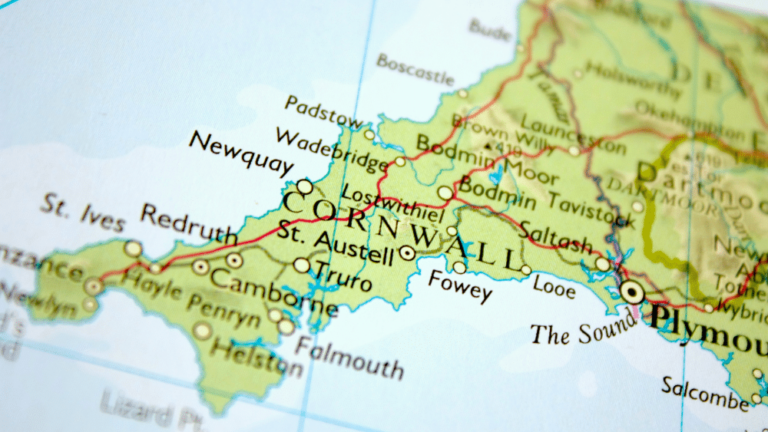
Customs classification of yacht accessories
When a newly manufactured yacht is exported, it is quite common that larger vessels will be sold with additional watercraft as part of a single supply – for example a jet ski or a tender sourced from a third party.
Where a jet ski or tender is provided with the vessel at the time of sale (and may be presented alongside, on deck or inside), some businesses may be tempted to declare them as a single item on the export declaration under the relevant yacht commodity code. Recent correspondence with HMRC suggests that this could be a compliance risk.
In the UK, the coding of a vessel must follow the WCO’s general rules of interpretation and explanatory notes found within the tariff.
In the UK Tariff Chapter 89 Additional Note 1 states: “Subject to the provisions of additional chapter note 3 to Chapter 89, tools and articles necessary for the maintenance or repair of vehicles, aircraft or vessels are to be classified with those vehicles, aircraft or vessels if presented with them. Other accessories presented with vehicles, aircraft or vessels are also to be classified therewith, if they form part of the normal equipment of the vehicles, aircraft or vessels and are normally sold with them.“
Recent non-binding correspondence with HMRC suggests that the classification team do not consider either jet skis or tenders to be accessories and that they would instead be deemed an individual item on the declaration. This would mean that separate descriptions, values and country of origin data would need to be shown on the commercial invoice. The act of declaring a yacht and an accompanying jet ski / tender separately could also have financial implications for the customer. For example, in the EU tariff, seagoing yachts attract a nil rate of customs duty, however the duty rate for jet skis is 1.7%. Were a UK manufacturer to source a jet ski from a third country, the jet ski would not be eligible for the EU–UK trade and cooperation agreement, meaning duty would be due on importation where otherwise there would be none.
In order to obtain legal certainty, an application can be made for an advance tariff ruling (ATR) in the UK and binding tariff information (BTI) in the EU. Upon request, the relevant customs authority will produce a binding classification judgement which would be valid for three years.
Written by












